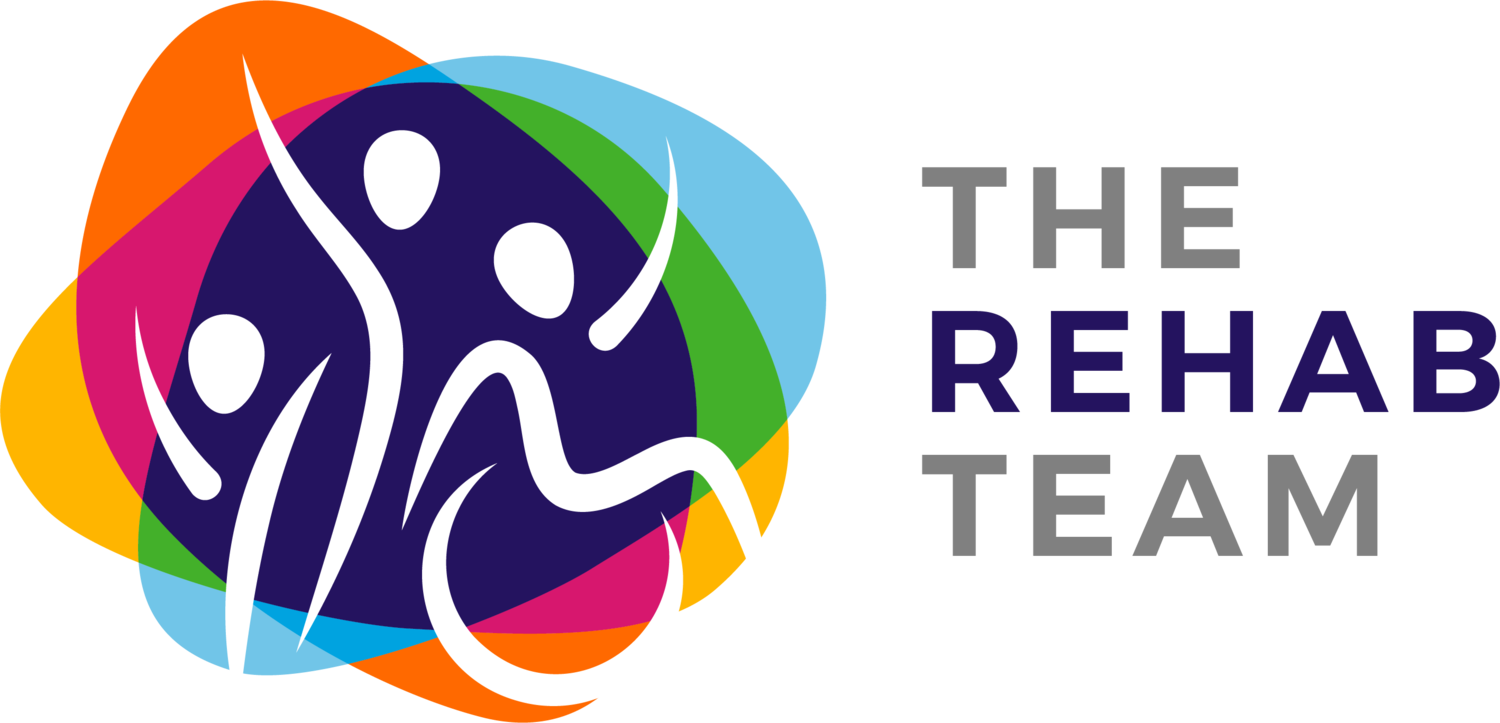Is your exercise specific to the type of Parkinson’s you have?
Did you know that the motor symptoms of Parkinson’s can be divided into 3 categories? The Rehab Team’s monthly blog delves into this. Knowing what type of subcategory your motor symptoms fit into can enable you to have a better understanding of your Parkinson’s and help you stay focussed on the specific type of rehabilitation needed to potentially slow the progression of your symptoms down.
There is no one size fits all for exercise in Parkinson’s. There are different exercise approaches needed for different symptoms. We all know that we get what we train for, this means you need to train on what is specific to you in order to see the improvements you would like to see (Canraddson et al., 2015).
If you attend one of The Rehab Team’s group classes or complete your own individual programme at home, knowing what type of Parkinson’s you have helps you to focus on the particular type of movement needed to benefit you and your symptoms.
The three different motor categories are:
Bradykinesia
Bradykinesia means that small, slow movements are the main feature of your Parkinson’s and bother you the most in day to day activities. It is most important to focus on high power, high effort and high amplitude movements during your exercise. Think large, exaggerated movements that are symmetrical. Your exercise programme needs to help you to re-adjust back to what normal movement should look and feel like. It will feel strange when you first start to exaggerate your movements and it can often be helpful to get a family member to video you so you can see the benefits. However, with daily practice, you will find that the exaggeration helps with tasks such as walking, arm swing or even improving in your preferred sport.
Why are you experiencing bradykinesia? Bradykinesia is due to the loss of dopamine in your brain, specifically in the basal ganglia. A reduction in the neurotransmitter dopamine results in a loss of movement in which the regulation of normal movement size is varied down and is smaller than what is required for efficient movement.
Tremor Dominant
You have tremor dominant Parkinson’s if a tremor is the most dominant feature of your Parkinson’s. The tremor can occur when you are moving, when you are resting or during prolonged or sustained postures. If you are tremor dominant, you need to focus on forced use, high effort and high power in your exercise movements. The aim is to work at 80% of your movement capacity to get the best results. This is hard work and takes a while to build up to this level of effort.
While the mechanisms that result in tremor are not fully understood, what we do know is that a tremor dominant presentation typically sees a slower disease progression and less impact from other features of Parkinson’s such as rigidity, bradykinesia and cognitive changes. As time progresses and your condition changes, your symptoms may move to one of the other motor subcategories as the dopamine deficiency increases. The aim of Parkinson’s specific exercise is to help reduce and slow down this symptom progression.
Agility impaired
People with agility impaired Parkinson’s see poor balance as the main motor symptom. If you have had at least one fall in the past 12 months or several ‘near misses’ in the past three months, you fit into this subcategory. If you are agility impaired, you will need to focus on balance retraining, weight shift and the timing of your movement. It is important to also focus on changing movement direction, turning and rehab principles for minimising freezing of gait.
The goal for those who are agility impaired is to look at how you can reduce your risk of falls. Falls can be a major issue and often mean there is an underlying postural instability. This may be seen with or without freezing and difficulty doing more than one task at the same time (dual tasking). It is likely that both bradykinesia and tremor dominant pathways will progress into agility impaired as the condition progresses.
Lastly, those you have undergone Deep Brain Stimulation (DBS) often see a change in their motor symptoms which means that their focus on exercise needs to change too. It is common for people post DBS to change their focus to controlling the movement and scaling down on the size and amplitude of their exercises and daily functional movements. This can often be tricky if you have been focussing on increasing the size and power of your movement in the past. Your physiotherapist will be able to assess you and your symptoms and guide you on what you need to focus on in the future.
NOTE: This article was based on the theory and principles of Parkinson’s rehabilitation of PD Warrior. To read more, please follow this link.
The Rehab Team offers one on one Parkinson’s assessment and rehabilitation in our Papamoa Physio clinic or in the comfort of your own home that’s convenient for Papamoa and Tauranga locals.
If you found this article interesting and you would like to read more, you can check out our other blogs here.

